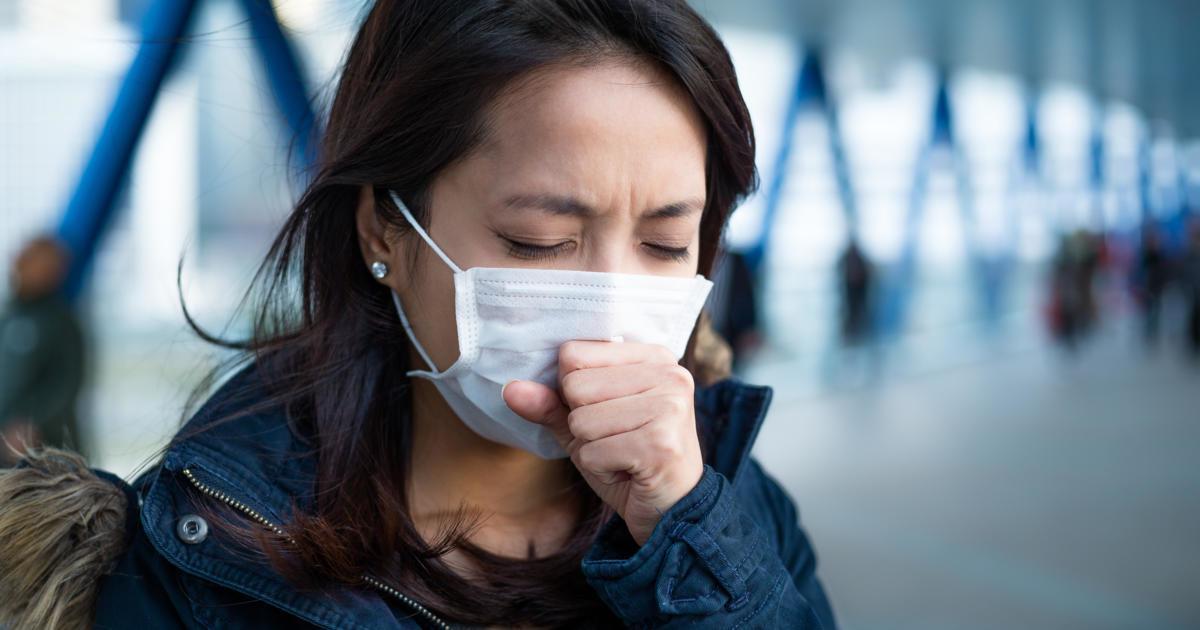Do You Have A Cold Or The Flu?
The cold and flu are both respiratory illnesses with similar symptoms and both are infections caused by viruses. The flu is caused by the influenza virus. A vaccine is produced for the most common strain of the influenza virus each year. While this vaccine is not guaranteed to be one hundred percent effective, it is still incredibly effective and does dramatically reduce the severity of a patient's illness should they still contract the flu. The cold is not as severe, while the flu can be life-threatening. An estimated 200,000 individuals are hospitalized with the flu and 36,000 of those die of the flu every year in the United States.
Distinguishing the signs between these two conditions is an important part of the healing process and can help prevent hospitalizations.
Runny Nose Or Congestion

While a runny nose may develop with both the common cold and the flu, it tends to occur more frequently with the common cold. Doctors suggest using a saline nasal spray to relieve a runny nose, and patients might find it beneficial to use a cool-mist humidifier near the bedside as well. Generally, a runny nose will resolve on its own in about ten days. If it continues for longer than this and does not improve, patients should see a doctor. It is especially important to seek medical attention for green or bloody nasal discharge.
Congestion is characterized by a feeling of stuffiness in the nose or breathing passages. This symptom is more common with the common cold, and it could occasionally occur with the flu. To ease congestion, patients may want to try irrigating the nose with a neti pot. Since lying down tends to make congestion worse, doctors suggest keeping the head elevated as much as possible. Oxymetazoline, a nasal spray, could reduce congestion for some patients. It is available over-the-counter, and should only be used for three days in a row. Patients should see a physician if their congestion persists for more than ten days, especially if it is accompanied by a fever.
Get more information on the symptoms of the common cold and the flu and what the difference is between them now.
Sore Throat

Sore throats are most commonly seen in patients who have a cold. Patients with a sore throat can feel pain or scratchiness in the throat, and pain tends to worsen with talking and swallowing. The voice may be hoarse or muffled, and the patient might have swollen glands in the neck or jaw. The tonsils could swell, and they may have white patches on them. Most sore throats associated with viral infections last for five to seven days, and over-the-counter pain relievers and anesthetic or menthol lozenges can help relieve throat pain. It may help to gargle with salt water as well.
Adults should see a doctor if a sore throat persists for more than seven days, especially if it occurs in conjunction with a fever. It is also important to see a doctor for sore throats accompanied by difficulties with opening the mouth, swallowing, or breathing. After examining the throat, ears and nasal passages with a lighted instrument, the doctor may need to swab the throat to rule out bacterial causes for the soreness. They might use a stethoscope to listen to the patient's breathing, and it may also be necessary to check for swollen lymph nodes in the neck.
Uncover more symptoms as they apply to either the common cold or the flu now.
Headaches And Body Aches

Headaches are generally rare in cases of the common cold and tend to occur much more frequently with the flu. While body aches could occur with the common cold or the flu, they tend to be much more severe in cases of the flu. Patients who experience body aches with a cold often have only a slight ache, and body aches that occur with the flu can be so severe that it hurts to move. To treat headaches and body aches from either type of viral infection, doctors recommend taking an over-the-counter pain reliever. Acetaminophen, ibuprofen, and naproxen may be beneficial, and some physicians recommend alternating between ibuprofen and acetaminophen for extra relief.
Staying hydrated can also help with headache relief, and patients may want to track their fluid intake with a log or with an online app. Water, broth, juice, and electrolyte drinks are typically suggested as sources of hydration during an illness. Patients might be able to ease body aches with massage, and it could help to apply a heating pad to the affected area. Warm showers and baths can soothe aches, and patients may want to use a topical pain reliever as well. If body aches continue for more than three days, the patient should make an appointment with their doctor. Emergency medical care is necessary if body aches occur together with shortness of breath, fever, or vomiting.
Continue reading to learn more about the differences between the common cold and the flu now.
Fever And Chills

Fever is generally associated with the flu, and it rarely occurs with a cold. While chills are considered fairly common with flu, they are uncommon in patients who have a cold. When fever and chills are mild, they can be treated safely at home. Patients who have chills and a fever of 101.4 degrees Fahrenheit or less are advised to rest as much as possible and to drink plenty of fluids. The patient should be covered with a light sheet or blanket; bundling up in heavy blankets could cause their temperature to rise. Sponging the body with lukewarm water could help reduce a fever, and it may feel soothing to take a cool shower. However, patients should not use fans or run the air conditioning as doing so could make chills worse. Taking an over-the-counter pain reliever and fever reducer like acetaminophen can help reduce body temperature. Adults should see a physician if they have a fever with chills that lasts more than two days. They should also be evaluated if the fever and chills are accompanied by severe coughing, shortness of breath, confusion, or abdominal pain.
Discover additional symptoms of the common cold and flu and how they differ now.
Nausea And Vomiting

Nausea and vomiting are symptoms of the flu, and they do not occur with colds. Pediatric patients with the flu tend to experience nausea and vomiting more often than adults, and these symptoms could be accompanied by diarrhea. To ease nausea, it can sometimes help to go outside and get fresh air, and doctors suggest eating light, bland meals or following the BRAT diet. Ginger and peppermint are effective home remedies for some patients. After an episode of vomiting, the patient should avoid eating and drinking for at least thirty minutes. Patients can then try to drink a few sips of water or broth every ten to fifteen minutes. If the patient can keep the liquid down, they can begin to increase fluid intake after four hours without vomiting. Mashed potatoes, rice, and crackers can be added if the patient has not vomited in eight hours. Adults should see a doctor if they experience nausea or vomiting for more than a week. It is especially important to seek medical attention if these symptoms are accompanied by a rapid heart rate, abdominal pain, confusion, or a high fever above 102 degrees Fahrenheit.
Learn about the different risks attached to the common cold and flu next.
What Are Some Other Risks Of The Cold And Flu?

For the most part, the common cold does not lead to severe complications. Complications of the common cold, when they do occur, however, include an acute ear infection and acute sinusitis. Individuals who suffer from asthma may find the common cold leads to an asthma attack if they do not treat it properly. The flu, on the other hand, has a much higher potential to lead to complications in the first place, and the complications that do occur tend to be more severe. The complications linked to the flu include pneumonia, bronchitis, and bacterial infections, including ear infections. Patients also experience asthma flare-ups, just like with the common cold. Signs of pneumonia include chest pressure and discomfort, difficulty breathing, coughing with green mucus, a sore throat, and a consistently high fever. Children, pregnant women, elderly, and individuals with pre-existing health conditions are at increased risk of developing these complications. A doctor should be notified if the flu is present in any of these at-risk individuals or if signs of complications are present.
Uncover the available treatment options next.
What Are The Available Treatments?

Over-the-counter decongestants and pain relievers are effective at treating the symptoms of both illnesses. Certain antiviral medications can be prescribed to treat the flu and lessen its severity. Of course, the best remedy for both of these illnesses is a lot of rest and fluids. Patients are encouraged to get as much rest as they can, drink lots of clear fluids, eat healthy and balanced meals, and take steamy showers and baths.
Frequent hand-washing and avoiding individuals who may have either of these illnesses are common ways to prevent them. However, the most effective way to prevent the flu is to obtain an annual flu vaccine.